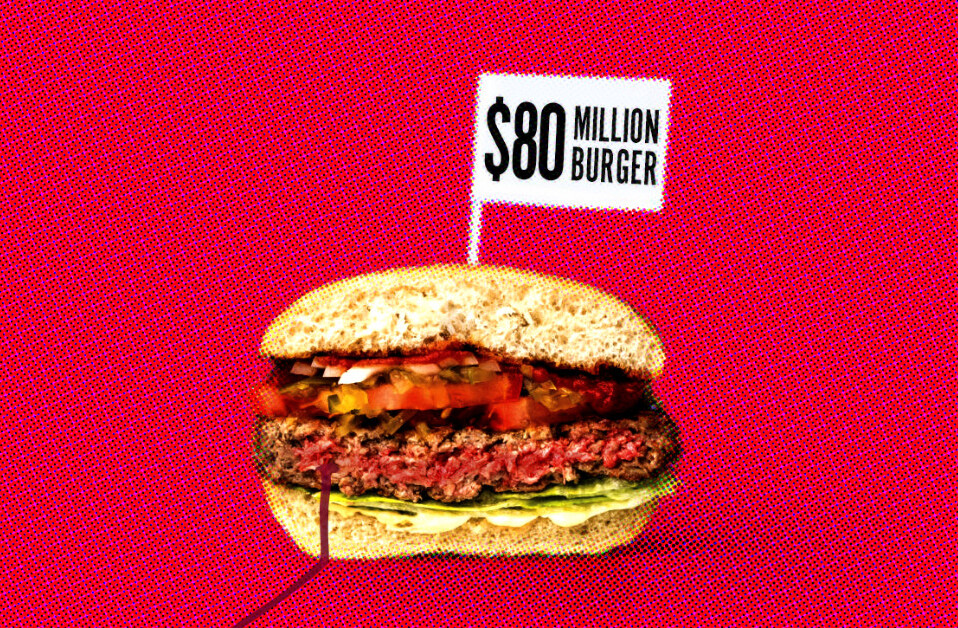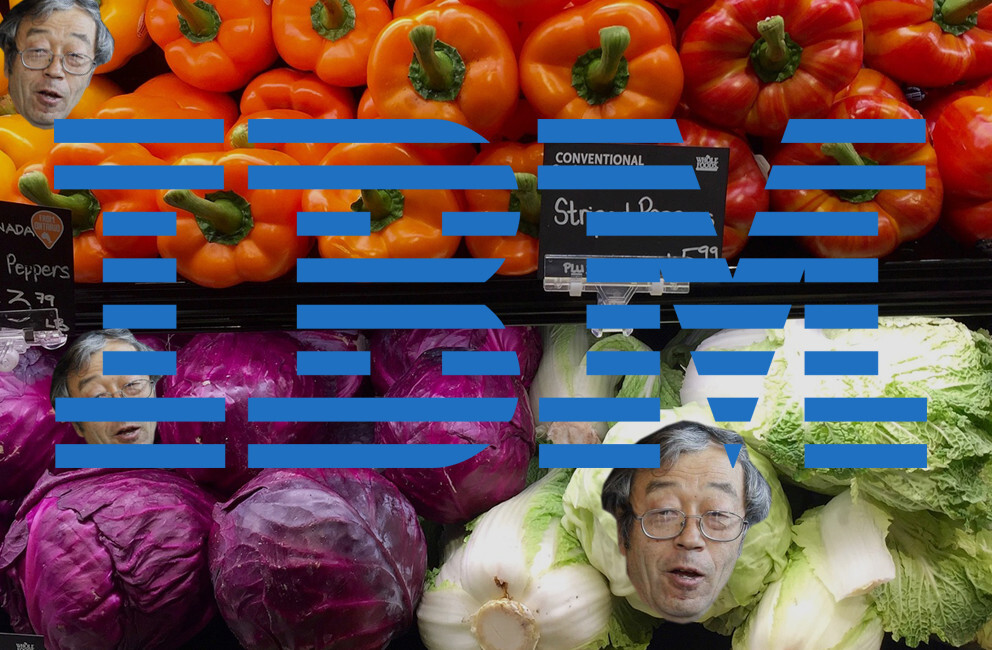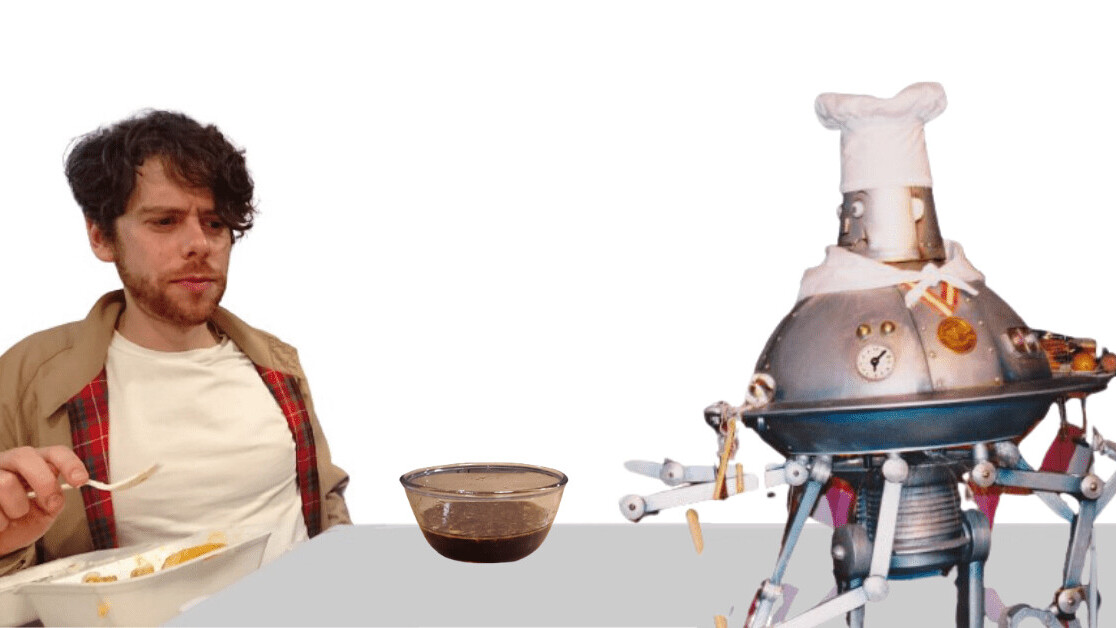
Welcome to Adventures with AI, a column exploring what happens when artificial intelligence takes control of everyday tasks.
Eating out is one of my great pleasures; cooking is not.
Unfortunately, since the onset of the COVID-19 pandemic, I’ve been doing a lot of the latter and almost none of the former.
Preparing meals has become particularly tedious during London’s latest lockdown. So like an unhappy couple in a sexless marriage, I’ve been trying to spice things up in my domestic life. Only instead of strapping on a gimp mask and a ball gag, I’ve been experimenting with AI.
[Read: How do you build a pet-friendly gadget? We asked experts and animal owners]
I first sought culinary inspiration from GPT-3, a text generator that’s destined to either Take Over The World or burn out in a blaze of bigotry and pseudophilosophy.
The model’s been trained on a gobsmacking quantity of data, including the entire English-language Wikipedia, two vast corpora of books, and a filtered version of the Common Crawl. With so many recipes now online, GPT-3 must have learned its way around the kitchen. Right?
I put my stomach on the line to find out.
L’entree
Access to GPT-3 remains prohibitively pricey for most, but the nutritional boffins at Refluxgate kindly provided me with a selection of its recipes.
For my starter, I whipped up a plate of honey and soy-glazed vegetables.
The model suggested every ingredient you’d expect from such a dish — except for the vegetables.
Thank the Kitchen Gods it recommended serving this monstrosity with rice:
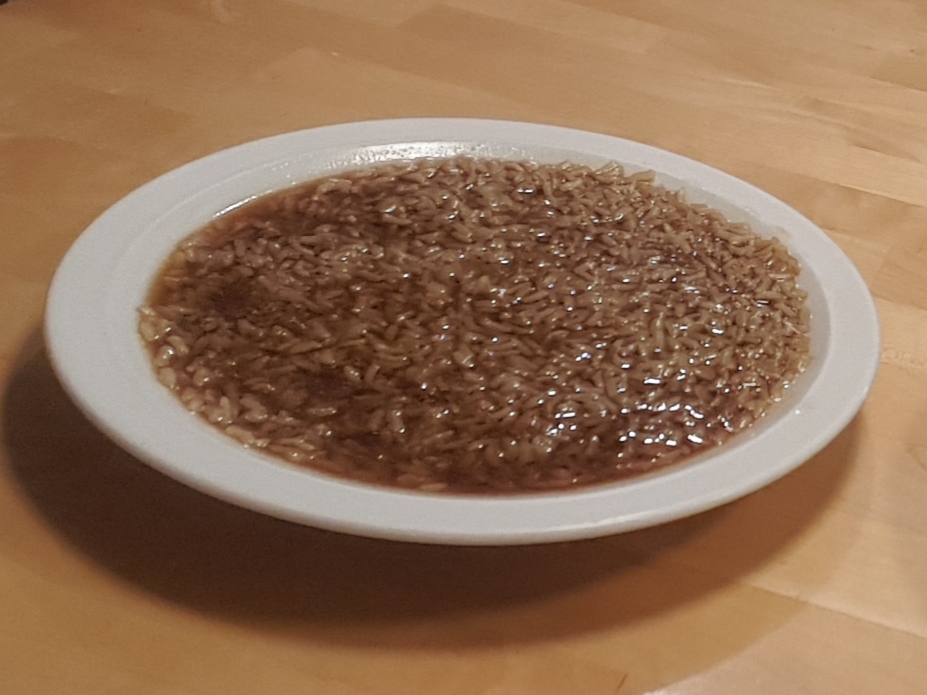
The dish was gloopy and overpowering but somehow palatable. Certainly not something I’d ever cook again, but if I were the last man on Earth and it was the last food on Earth, and the future of the human race depended on us? I’d probably eat my own foot.
Perhaps I’m being unfair. A steady diet of fast food and cigarettes may have rendered my tastebuds incapable of appreciating GPT-3’s subtle flavors. Have I judged the model too harshly?
I asked someone with a more sophisticated palate: Ellen Parr, the head chef of London restaurant Lucky & Joy.
She was not impressed:
The recipe doesn’t include any vegetables in the list of ingredients or instructions on how to cook them. Each vegetable has a different cooking time, so these are poor instructions. The AI also recommends storing vegetables for five days and sauce for three days. I would say the life span would be the other way round.
Still, it was edible enough to give me hope for my main course: a GPT-3-generated tomato sauce, served on a Tom-generated bed of tagliatelle.
Le plat principal
I like my meals like I like my stories: with a beginning, middle, and end. But this main course made me wish I could skip to the epilogue.

There’s no polite way of saying this: it looks like a turd. One of those really disgusting turds that make you question your life choices.
In fairness, it tasted better than it looked — but not by much. GPT-3 recommended so much raw garlic I felt like I was eating a vampire’s nightmare. On the plus side, the garlic suppressed the flavor of the undercooked tomatoes.
Parr spotted some other dubious tips in the recipe:
It contains a lot of raw garlic added at the end of the dish which wouldn’t be that nice and potentially overpowering. It seems they’ve taken inspiration from the tomatoes being cooked with a raw onion, but it’s not that comparable as the onion gets cooked in the tomatoes for 45 mins. And blitzing the tomato with the oil will make it emulsify, which would not be an ideal effect.
There were further shortcomings in GPT-3’s other recipes. They were often hard to follow, lacked attention to detail, and sometimes suggested unsafe practices, like putting a casserole dish on a hot stove.
Refluxgate’s lead researcher, Mel Kasulis, told TNW that the problems stem from the model’s training data:
It’s not able to assess any level of effectiveness for its steps and because it trains itself across many different recipes, it could be erroneously synthesizing information that’s not meant to go together. This didn’t happen for all the recipes, however, so it could just be the limitation of it not being able to train itself enough for a particular recipe.
GPT-3 also showed a curious admiration for Gordon Ramsay. The model credited every one of its recipes to the sweary Scottish chef.
Ramsay’s vast empire of restaurants, cookbooks, and TV shows has clearly extended across vast swathes of the internet.
Le dessert
I’ve been living alone during the pandemic (*sniff*), which means there’s been nobody around to compliment my extraordinary concoctions.
The solitude has also driven me slightly mad. So last week I decided to move back in with my momz.
To show my appreciation for her hospitality, I generously offered to cook her an AI-generated recipe.
Now, I’m obviously a disappointing son, but not so disappointing that I’d feed her a vegetable dish with no vegetables. Instead, I whipped her up some pancakes.
I used the method recommended by software firm Monolith AI, which generated it by training a machine learning model on 31 recipes for US-style fluffy pancakes.
It was undoubtedly the best AI recipe I tried.
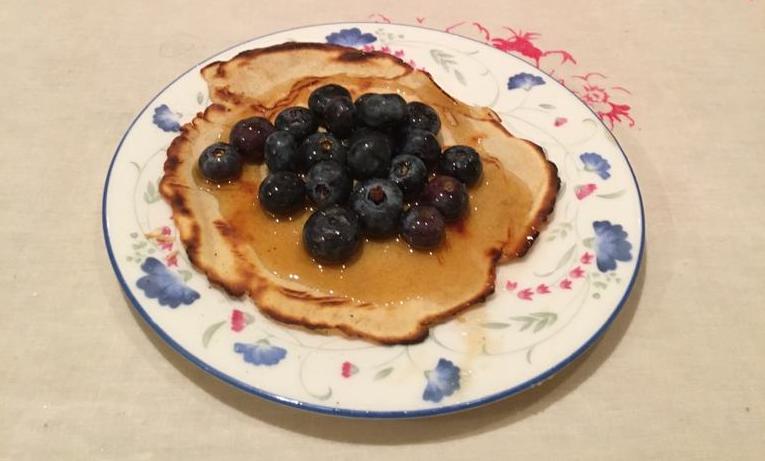
Even my Belgian mum was impressed by the American pancakes — to an extent:
The batter has more flavor than the one I make. But I prefer thinner pancakes.
Le digestif
After a good meal, there’s nothing I enjoy more than a stiff drink.
I’m no mixologist, but a man called Tim, who writes code, has a YouTube channel called Tim writes code, where he recently shared some GPT-3-generated cocktail recipes, including one called Tim writes code.
However, I didn’t make that one. Not because I don’t like Tim and his code, but my dwindling liquor cabinet didn’t have the booze required for that elaborate concoction.
Instead, I tried the equally imaginatively-named GPT-3, a mix of vodka, lime juice, and blueberry syrup, garnished with a lime wheel.

The cocktail was extraordinarily sweet, which was just fine by me. But would it impress the experts?
I asked Peter Kelly, bar manager at the aforementioned Lucky & Joy, whether he’d consider serving it up:
There’s no measurement for the lime juice on the GPT- 3, and there’s no mention of ice in any of the recipes. The methodology’s also far too simple. Lots of stuff wrong really. On the plus side, the flavor profiles work. The proportions also look about right.
He didn’t envision GPT-3 earning Michelin stars, but did see some potential for AI in the kitchen.
“It might be beneficial if you can type in some ingredients and it can generate something for you. That’s economical and potentially gets rid of wastage.”
Mel Kasulis from Refluxgate had higher hopes for GPT-3’s future in recipe design:
It’s already evolved leaps and bounds from its second model, so I think the technology is just getting better. Some things I’d like to see are better organization of thought, and perhaps crossing its training with some FDA guidelines on food safety to make it more practical and safe for general use.
As for me, I’ve got mixed thoughts on AI’s culinary skills. It certainly created some original recipes that no decent chef would have designed. Unfortunately, the starter and main course were absolutely horrendous.
Still, they can’t have been that bad; I ate every morsel and left the table satiated. But my stomach will never forgive me.
Greetings Humanoids! Did you know we have a newsletter all about AI? You can subscribe to it right here.
Get the TNW newsletter
Get the most important tech news in your inbox each week.

